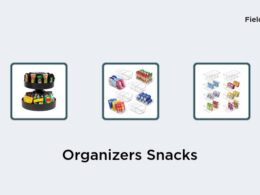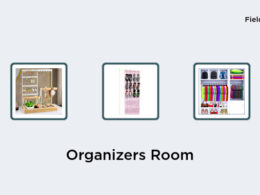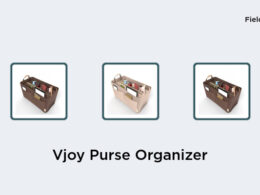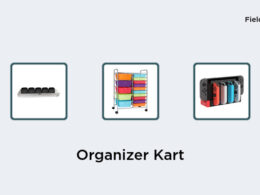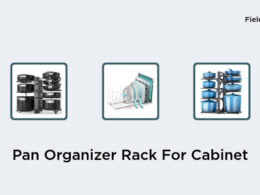Importance of Organizing Home Library Shelves
Organizing your home library shelves is essential not only in making your collection visually appealing but also ensuring easy access and retrieval of books. An orderly and well-arranged bookshelf can make a huge difference in your reading experience. It is frustrating to search for a particular book among a cluttered mix of titles and stacked piles of books. Proper organization of the shelves creates a system that keeps books arranged and your space tidy, making it easy to find a book of interest and return it to its dedicated spot. When you organize your bookshelf, it’s an opportunity to take the time to re-familiarize yourself with the titles in your collection. If your shelves are congested or unorganized, you’re likely to forget about some books you’ve acquired or have doubles of some of them. This means that you might miss out on revisiting your favorite titles or discovering new ones within your collection.Understanding the Rule of Thumb for Shelving
According to Klugh, a home organization and design expert, heavy items such as storage boxes and art books should be placed at the lower shelves to make your bookshelf sturdier. Additionally, it’s easier to lift and move lighter books and items that are on the top shelves of the bookshelf. This is a general rule of thumb and can be customized based on the size of your book collection, the layout of the room, and your preferences.Categorizing Books for Easy Access
First and foremost, categorize your books into genres or by author. This is the best way to sort books so that they are easier to find when you are looking for a particular one. Alphabetize books if you have large collections; it may seem like a daunting task, but it saves a lot of time when searching for a specific book. Create labels or tags to mark the categories and sections such as fiction, non-fiction, biographies, cooking, travel, art, and more. Doing this will help you quickly identify where there’s room for more books and the place where each book belongs. Using color codes or symbols to indicate the different categories of books can also add character to your shelves while improving functionality.Displaying Art Books and Storage Bins
Art books are some of the most beautiful and stylish books, and you can showcase them in several ways. First, arrange them like coffee table books where the cover faces out to display the book’s title and make it easier for you to identify it. Alternatively, place the books flat on the shelf and use a shelf extension to prop the cover open for some artistic flair. Storage bins are an excellent option for organizing everyday items such as magazines and stationery. It’s best to place them on the lower shelves, taking into consideration the weight of the items, to balance the weight distribution of the bookshelf.Prioritizing Space for Heavier Items on Lower Shelves
The lower shelves should carry more substantial and bulkier items such as oversized art books, photo albums, box sets, and encyclopedias. These items will benefit from the additional support that the lower shelves can provide. If the larger/heavier books are on the top shelf, they may be at risk of toppling over, which can cause injury.Arranging Lighter Items such as Paperbacks on the Top
Paperbacks and smaller books weigh less than heavy art books and should be housed on the top shelves to take advantage of the bookshelf’s height. This space is perfect for books that you don’t use regularly or for decorative items that will not create a visual distraction that can hinder you from finding the book you’re looking for. By putting lighter items on the top shelves, it helps balance the weight distribution of the bookshelf and is an excellent space-saving technique.Determining the Appropriate Height for Each Type of Book
When organizing your bookshelf, the height of the space matters. Use the following tips and tricks to help you create a visually appealing arrangement while still maintaining order:- Coffee table books: display horizontally in stacks on the coffee table or lower shelves to showcase its cover.
- Oversized books: Keep these on the most robust and sturdiest shelves to help distribute weight evenly.
- Small books: Stack them in vertical stacks to save shelf space.
- Children’s books: Add some diversity to your bookshelf by displaying children’s book on lower shelves. Kids should be able to reach and choose books on their own without assistance.










